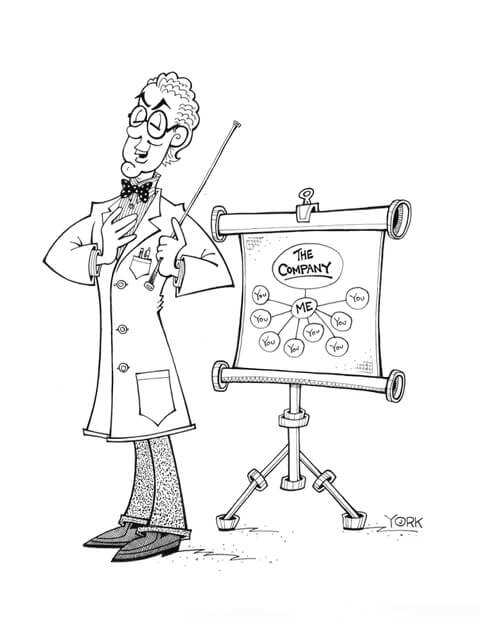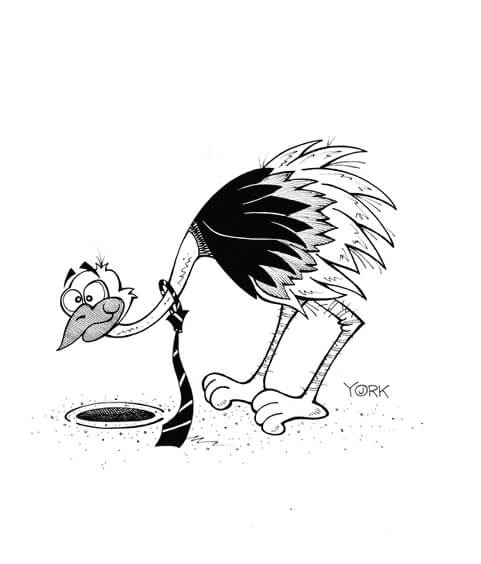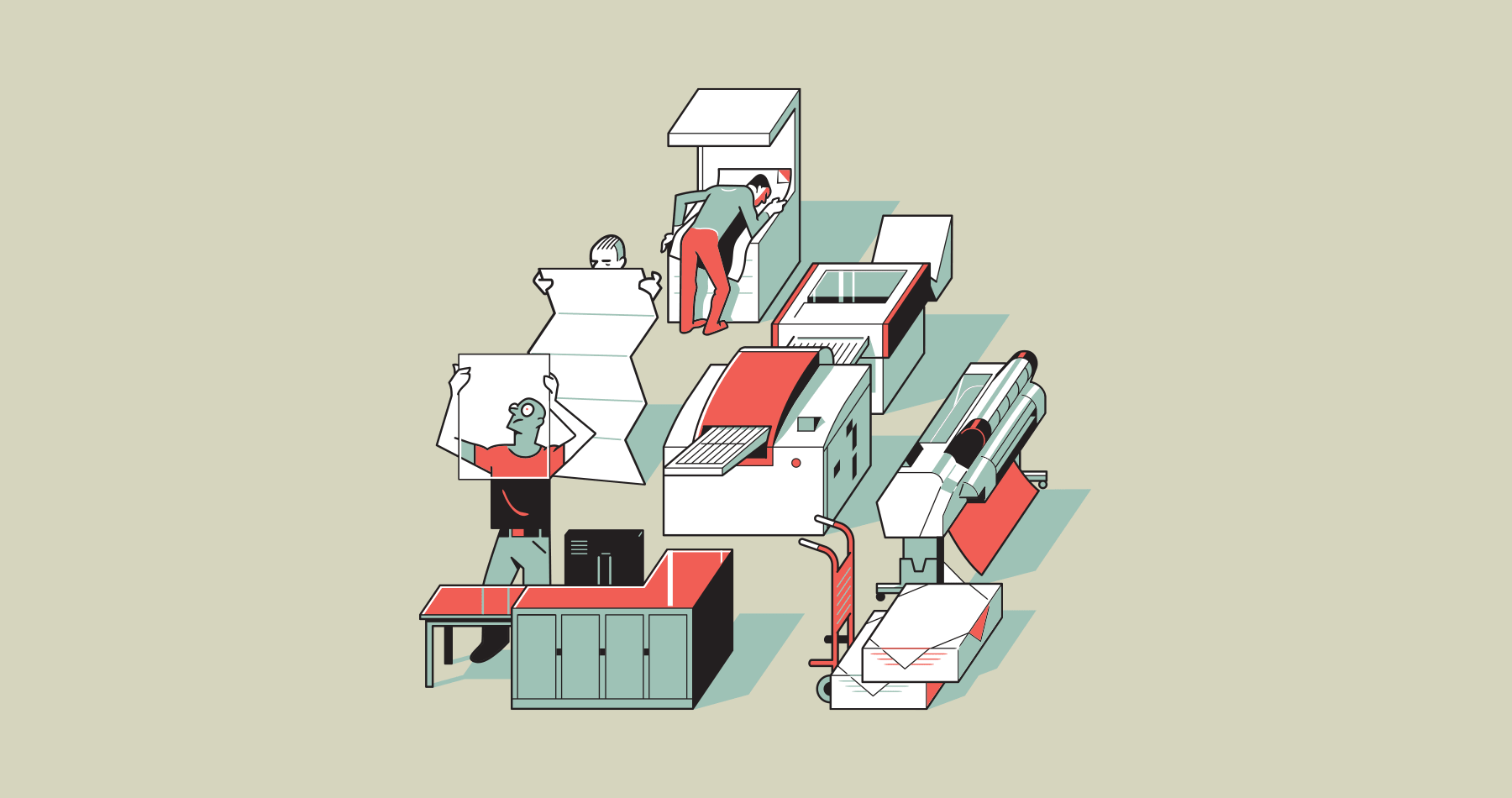How mergers and acquisitions affect workplace culture
Jennifer Fondrevay is an author, professional speaker and business consultant who has the pleasure of assisting organizations, workforces, and individuals going through major transitions. In her new book, “Now What? A Survivor’s Guide for Thriving Through Mergers & Acquisitions,” she shows how organizations can flourish in the post-deal integration by creating a more agile business that is better able to see the opportunities. As the Chief Humanity Officer, and Founder of Day1 Ready™ M&A Consultancy, she has dedicated her life to helping companies going through a transition cultivate the human side of their businesses. We sat down with her to get her ideas on managing culture after a merger.

The pandemic may seem like a great time for mergers and acquisitions. What are some of the things that companies should consider?
In all of the conversations I am having, there appear to be two schools of thought. One school of thought sees enormous opportunity to acquire companies or merge companies together right now. Companies in every industry had their business models impacted. Some models were flipped upside down and some, such as a move to ecommerce, were accelerated. These struggles have created opportunities.
The other school of thought is that now is NOT a good time to get too aggressive in deal planning as business models are still being tested. The forecasting for how a company might do in the future was obviously challenging in 2020. While the picture is getting clearer, the “wait and see” school of thought feels greater visibility is needed on how companies and their workforce will adapt. Will we continue to see huge percentages of the workforce working from home? Will more employees return to work because of pent-up desire to be with coworkers? Will we see widespread adaptation of a hybrid approach? The general thought is we will need full rollout of the vaccine and then months after to evaluate. Decision-making now all comes down to your tolerance for risk.
The core of your work is with the impact of merger and acquisitions on people. Can you share how people don’t take into account the impact M&A deals have on people?
It’s not that the impact of M&A deals isn’t taken into account; it’s that too frequently it isn’t taken into account soon enough in the deal-planning process. The focus in the beginning is to “get the deal done.” The people piece tends to be something to “deal with later”—unless it’s an acquisition driven by getting certain talent.
“If you are unable to communicate a clear vision for where the company is going so that the workforce can understand the new direction and embrace it, you can spend months of lost productivity.”
Where this has the greatest impact is in the first 90 to 100 days of announcing the deal. If you have not thought of the people piece: everything from organizational structure and job titles down to bonus/incentive plan and vacation days, people will fixate on the unknown—the unanswered questions. Beyond that, and most importantly, if you are unable to communicate a clear vision for where the company is going so that the workforce can understand the new direction and embrace it, you can spend months of lost productivity. People spend precious energy and time trying to figure out the new direction and their role in it. Those deals which are successful take the time to have answers to those people-questions and have a clearly articulated vision of where the company is going.
Can you talk about why you have to identify a cast of change characters and how that influences engaging people?

M&A situations tend to create a “survival of the fittest” mentality. It’s the nature of the situation. People can naturally become fearful for their job. When people are afraid and overwhelmed, you tend to see a different side of them—not always the best version. I experienced three separate multibillion dollar M&A deals and each time, I saw a different side of people.
I wanted to highlight this by creating what I called the “Cast of Change” characters. I had an illustrator, Jeff York, who brought those 10 characters to life through caricatures. As I interviewed executives and PE leaders for my book, the illustrations helped enormously. Everyone could identify one of the characters, if not more. Most importantly, the illustrations helped bring certain personality types to life in a humorous way. I’ve been able to engage people through the illustrations as it opens them up to listen and share, which is critical.
While M&A results in stages of grief, you have talked about how we have all lost this past year. What processes of grief management are important for us all?
Yes, I am glad you asked this. I talk about the stages of grief people experience in mergers and acquisitions to help them understand their emotions. I felt that other descriptions around change management—like the S curve or change curve—while relevant, felt too academic. As if an entire organization goes through change at the same pace in the same way. That wasn’t my experience and was supported by my research. People genuinely grieve—and it is not a linear path.

from “Now What? A Survivor’s Guide for Thriving Through
Mergers & Acquisitions”
I was speaking to a grief counselor about the emotions you feel after an M&A deal, and she told me it had all the hallmarks of “secondary or ambiguous loss.” This is the act of mourning the future that won’t be. I felt that really nailed what I experienced and it was confirmed in the interviews I had with M&A survivors and practitioners. Both sides can grieve.
This mourning period is what we have all experienced with the pandemic. Each of us is mourning the future that won’t be. NO ONE has been immune to the dramatic change and an altered future. Recognizing that there are stages to grief—Denial, Anger, Bargaining, Depression and Acceptance—helps you understand that each emotion is a stage. The key is to get from denial to acceptance.
As time has passed and healing occurs, what advice do you have for small- to medium-sized businesses to push forward?
I actually talked about this in a Fast Company article I shared at the beginning of the pandemic: “How to lead when people are afraid.” While we are past the initial shock of the pandemic, people are still dealing with uncertainty. And, they are burned out. We’ve not been able to put a deadline on “return to normal”—whatever that may be. The same leadership traits I saw as important at the beginning of the pandemic remain important moving forward.
“While we are past the initial shock of the pandemic, people are still dealing with uncertainty.”
When people are feeling afraid and uncertain, they follow leaders who exhibit three key traits:
- Communicate openly, plainly and continuously
- Model the behavior they wish to see
- Engage with empathy and humility
The COVID crisis has presented a masterclass in how uncertainty affects people as well as insights into what leadership traits are required when people are afraid, overwhelmed and not sure how to proceed.
To find out more about Jennifer Fondrevay and her work, visit jenniferjfondrevay.com. Her new book, “Now What? A Survivor’s Guide for Thriving Through Mergers & Acquisitions,” is available on both Amazon and Audible. Take the “Cast of Change” Characters quiz on her website (https://jenniferjfondrevay.com/which-birds-and-beasts-are-you-battling-in-the-ma-jungle-quiz/), and check her out on Spotify via her playlist “From Denial to Acceptance.”
Other recent articles

The Vanishing

Weighing In

We’re OK

The Guide

By The Numbers

